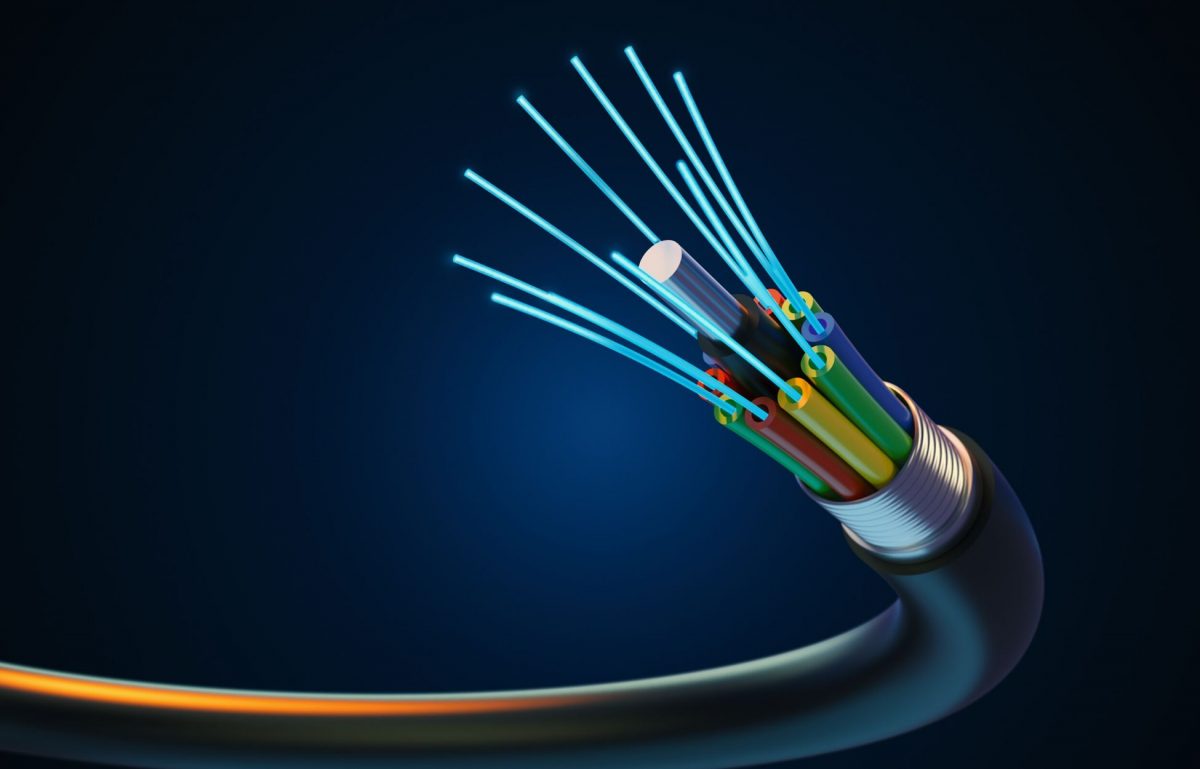Fiber-optic communication plays a large role in many people’s lives; they just might not know it. Without fiber optics, the internet, telephones, lighting, cable television, and the automotive industry would cease to exist—at least in their current form. If you’re interested in learning more about these vital cables, here’s everything you need to know about fiber-optic cables.
What are fiber-optic cables?
Fiber-optic cables are an advanced type of networking cable that uses pulses of light to transfer data. They have the capability to transfer large quantities of data quickly across long distances, offering a much higher bandwidth than traditional copper wire cabling.
To protect fiber-optic cables from electromagnetic interference, as well as harsh weather conditions such as extreme heat or cold, the cables are coated in plastic. As a result, they are extremely reliable. They are considered by many to be the most reliable cables with the fastest data transfer capabilities in existence.
What are the benefits of fiber-optic cables?
- Long-distance data transfer
- Optimal durability
- Minimal maintenance
- Fast data transfer
- Large data capacity
- High-strength signals
Types of fiber-optic cables
The two main types of commonly-used fiber-optic cabling are single-mode and multi-mode.
Single-mode fiber-optic cabling
Single-mode fiber-optic cabling has an extremely small glass core with a diameter of only 8 to 12 microns. It can only transmit a single light beam with one mode or pathway through the narrow core. Due to the absence of light reflection, single-mode fiber-optic cabling facilitates the transmission of signals across longer distances.
Multi-mode fiber-optic cabling
Multi-mode fiber-optic cabling has a glass core with a large diameter of around 50 to 100 Micrometers. Its larger core allows light to travel through multiple modes or pathways. As such, multi-mode fiber-optic cables can transfer larger amounts of data, albeit at shorter distances, than single-mode fiber-optic cabling.














I like how you mentioned that long-distance data transfer and durability are two of the benefits of fiber optic cables. The information manager of the company I work for is thinking of hiring a fiber optic cable installer because he’s considering upgrading the network hardware in our building for more data transferring efficiency. It seems like a good idea for the information manager to think about hiring a reputable professional to help us install the cables we need in order to make our network operate as best as possible.